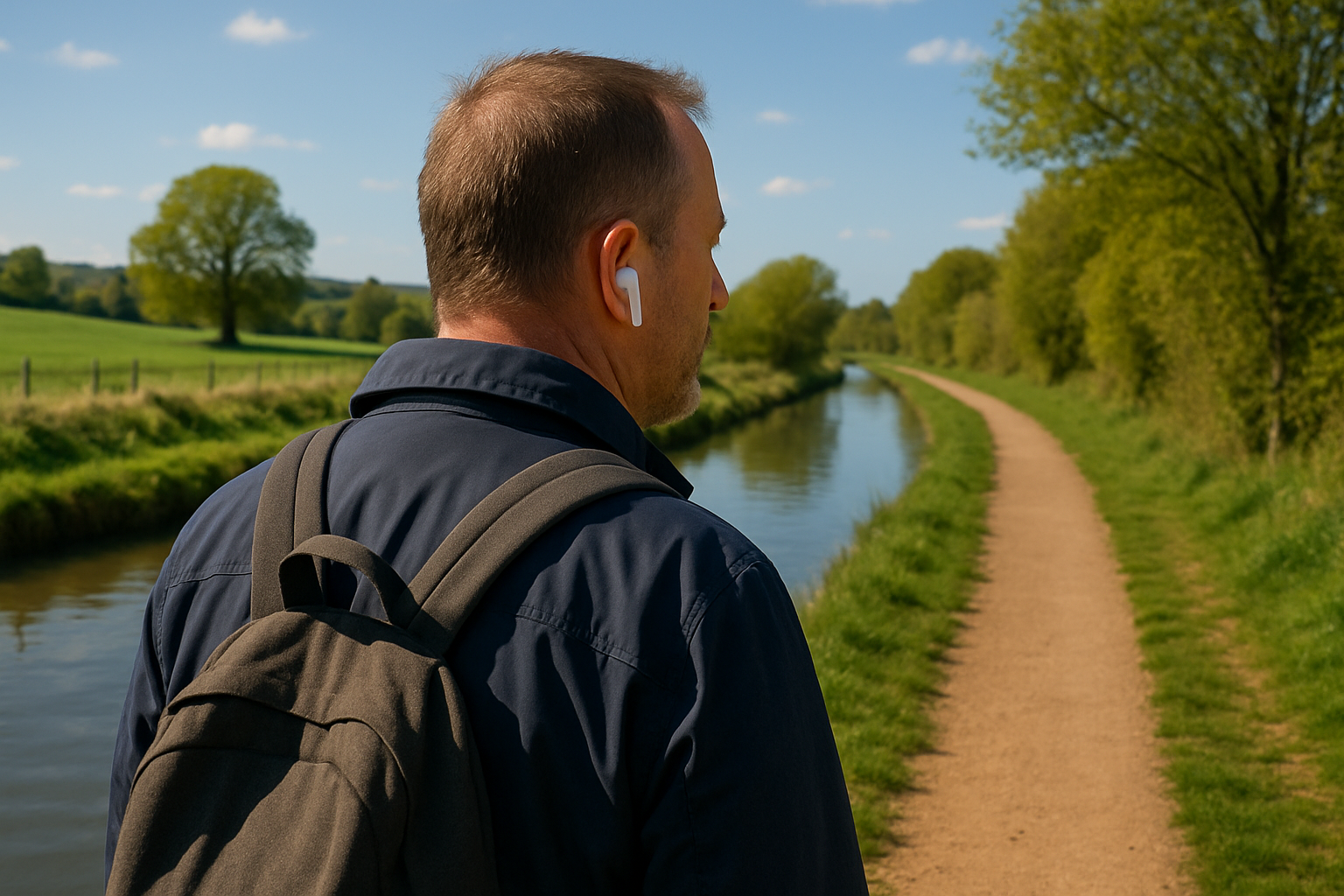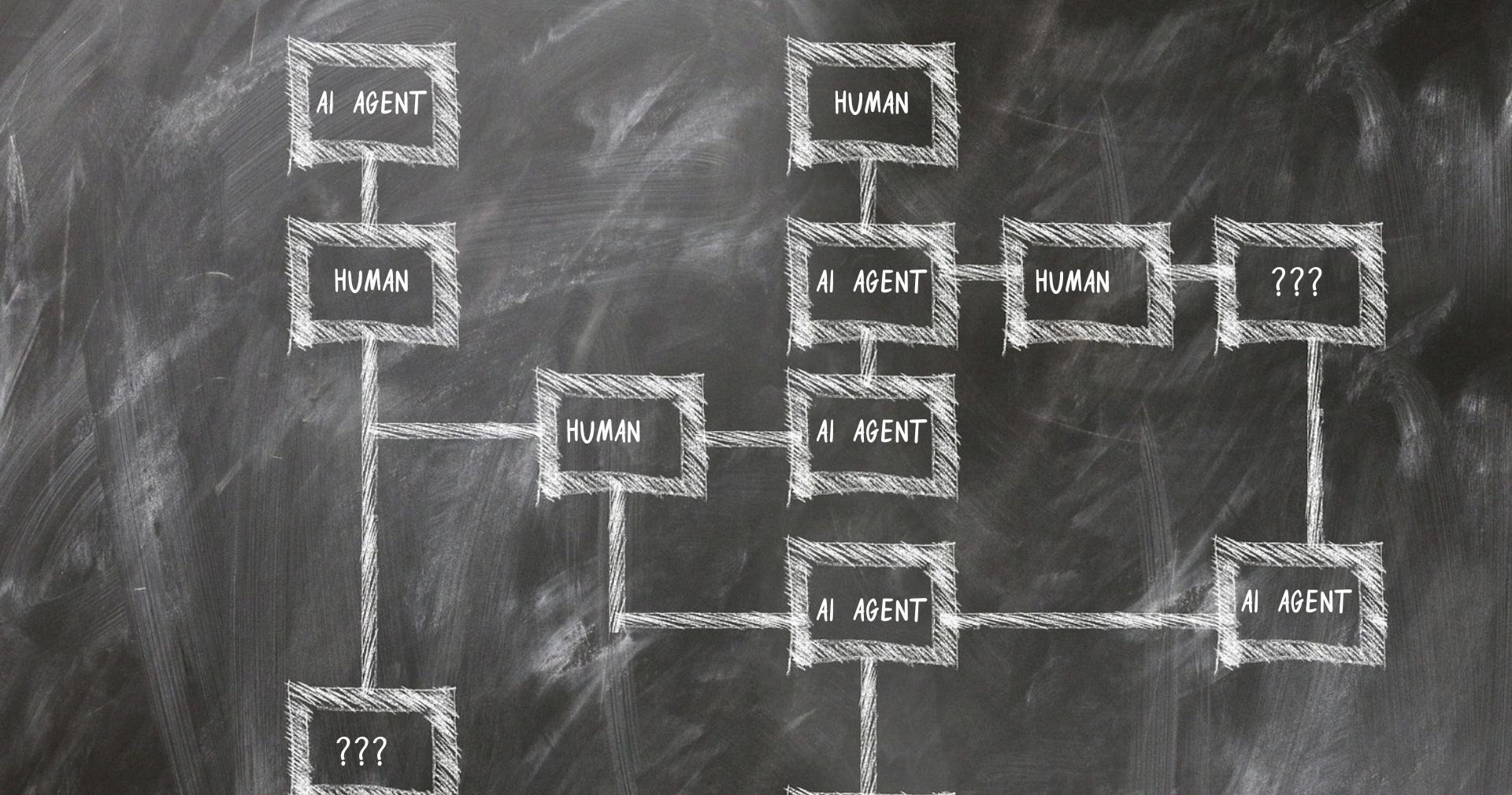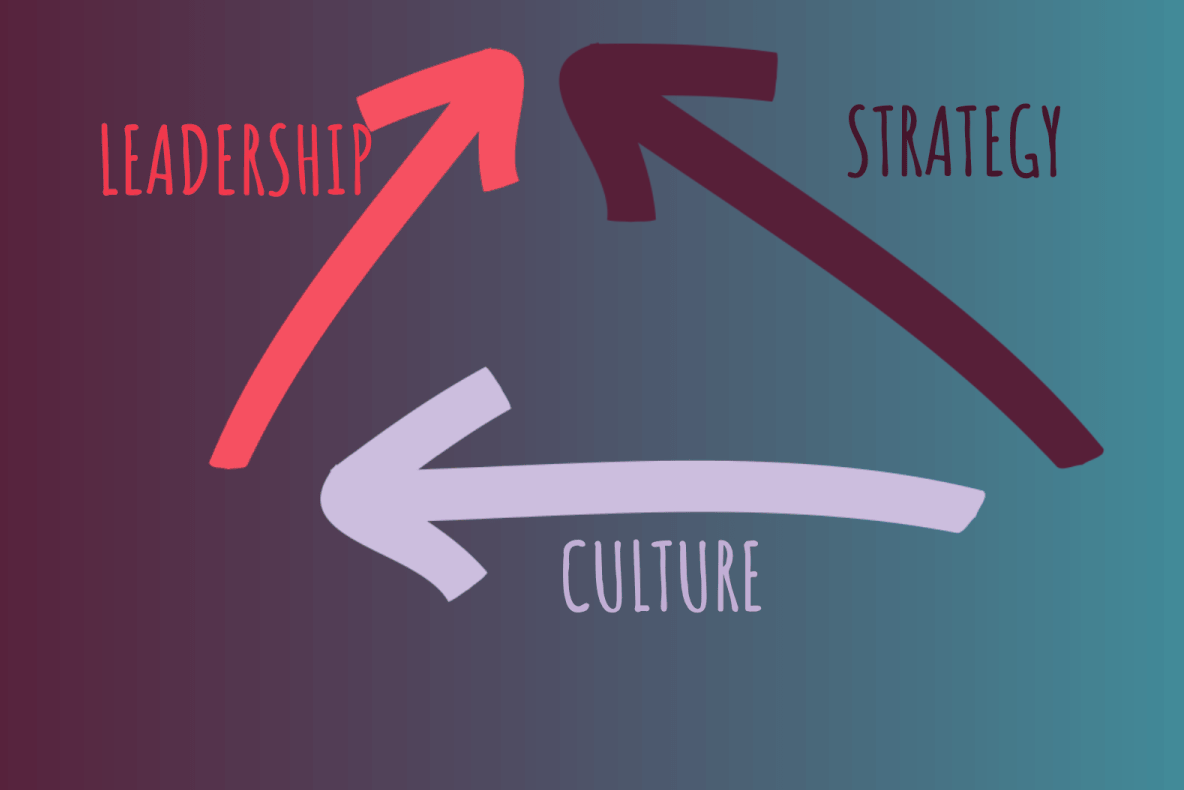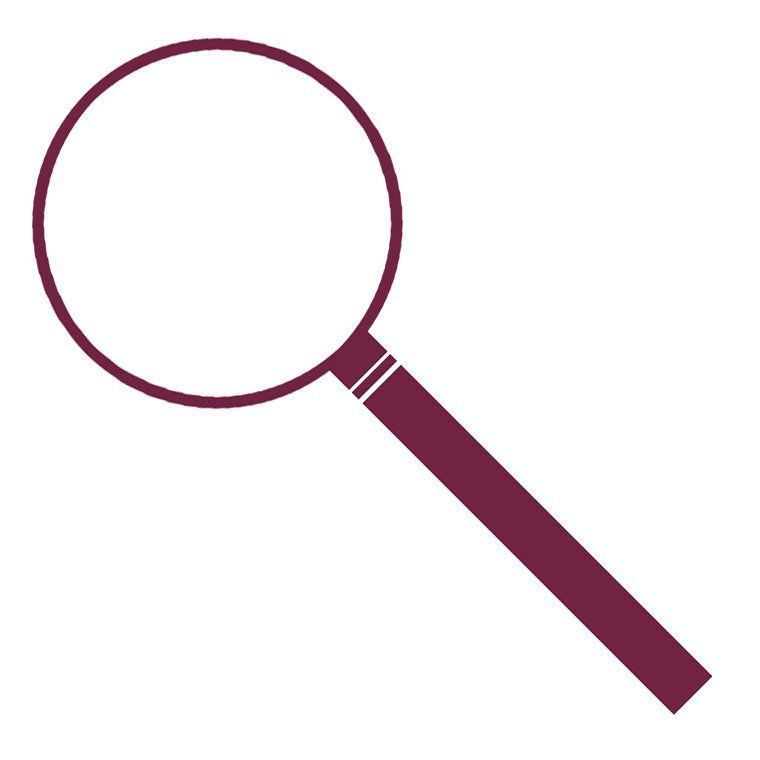Protector or connector?
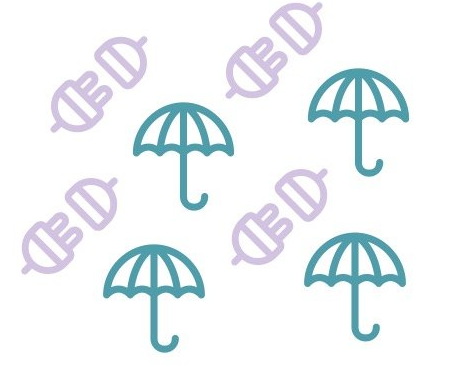
A question I have frequently been asking leaders over recent months is to describe how they see their role. Specifically, do they see themselves as a protector or a connector?* The distinction being that a protector is concerned about shielding others from the world out there with all its itinerant uncertainties and mess, whilst a connector is concerned with exposing others to it and connecting them as widely and deeply as possible. The first assumes (tacitly) others are not capable of navigating it; the second, that unless they learn to navigate it the organisation will fail. When the pandemic barged its way into all our lives in 2020 it proved conclusively to me that our ability to cope is far greater than might have been inferred previously. People innovated, made local decisions, juggled priorities and generally responded in ways that could never have been imagined. So why do I frequently experience leaders who are stopped in their tracks by the question, pausing and then responding in a way that indicates a desire for post-pandemic ‘real-life’ to resume, which naturally invites them to fulfil the role of protectors.
It is interesting to ask at what level of seniority, pay or age do we assume others are just as capable of handling reality as we are?
A protector mindset might, for some, be founded in an ‘information-is-power’ mentality but in my experience it is much more frequently driven from a very positive motive of care or an assumption that ‘this is what leaders are paid to do’; keep it simple and orderly or people will become confused, or they might lose focus or perhaps worry too much or be downright paralysed by fear. But if you can cope why can’t they? What gave you the capability they lack? Possibly it was the simple act of exposure.
On the other hand, isn’t the position of connector irresponsible and lazy? Doesn’t it transgress the fundamental role of leaders in providing clarity and reassurance. Shouldn’t leaders have the answers? Yes, there is truth in this and yet we all know every time we see the news that the world is inherently unstable and complex, and pretending the organisations we work in are immune is optimistic thinking at best and a delusional at worst; a delusion that means we cling to practices that no longer serve us.
The middle ground is the interesting space, where beliefs and values get tested. What sort of information do we withhold and what do we share? What principles do we apply in making that decision? Who do we typically protect and who do we typically connect? Fruitful territory for understanding more about our opaque inner-worlds.
When you add up all these protector mindsets you get the very thing most organisations declare themselves as not wanting … a parent-child culture. Empowerment is recognised as a necessity in organisations that want to be agile and customer focused, but empowerment without transparency is like Ernie without Eric, it just doesn’t work. (I imagine this is a meaningless metaphor for anyone in gen y or z so
here is a link which might explain it). We bemoan a lack of accountability, insufficient agility, lukewarm innovation, decisions forever being escalated.
So how do you see yourself, protector or connector?
____________________________________________________________________________
* My mental image of a protector is that they slam the office door behind them as they enter the room, breathe a sigh of relief and hope their words of calm authority distract us from those glimpses of the chaos out there.


